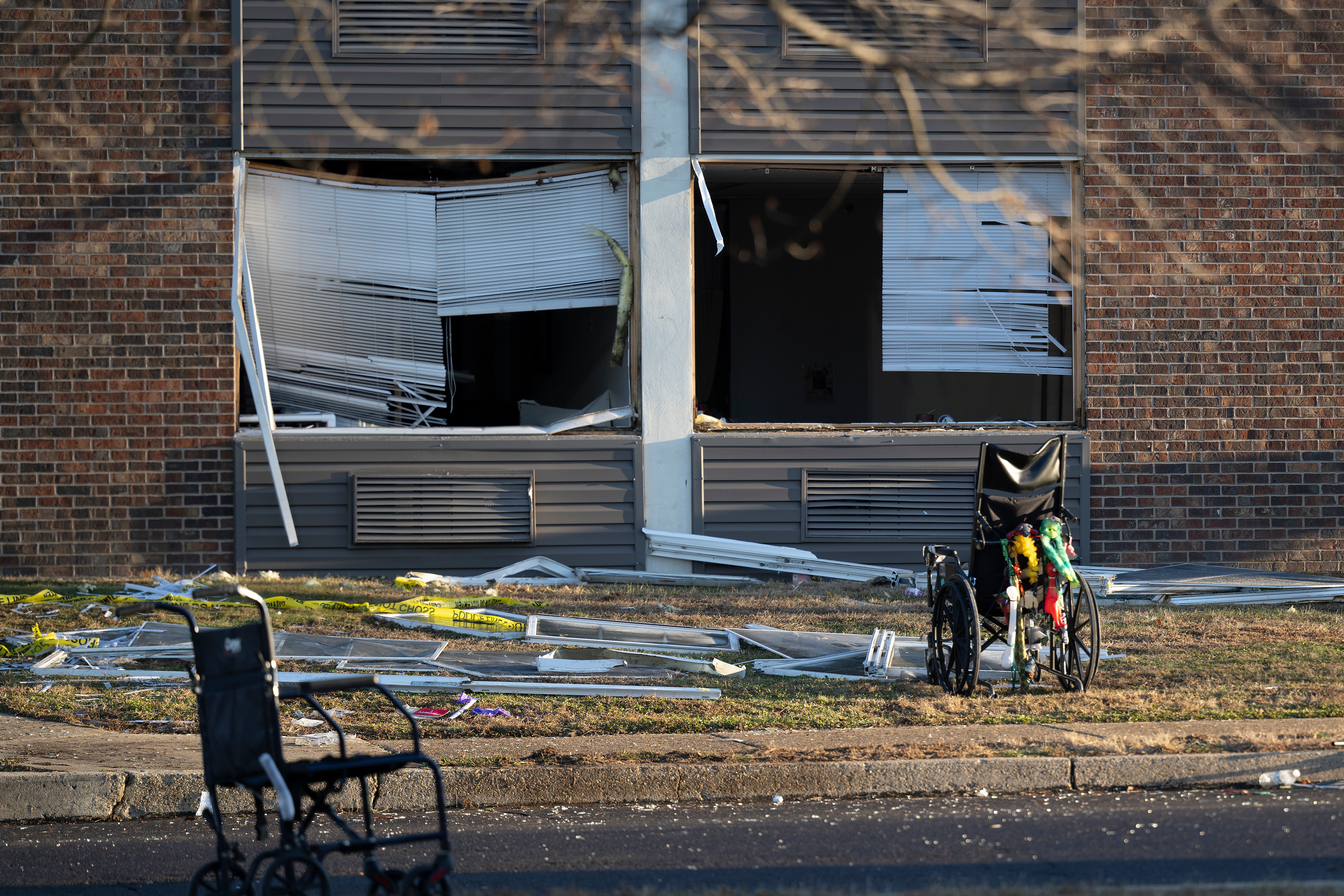More than three years after most school buildings in the U.S. closed due to the COVID-19 pandemic, students remain months behind, a new report from NWEA indicates.
According to the nonprofit academic assessment provider, students would need an additional 4.5 months of mathematics instruction and 4.1 months of reading instruction to recover learning losses.
The association used data from 6.7 million kids in grades 3-8 throughout the U.S.
The report noted new difficulties schools are facing coming out of the pandemic, including behavioral, academic and staffing challenges. It also noted political debates on what can and cannot be taught in classrooms.

Migrant parents in NYC are struggling to enroll kids in school
The city is still scrambling to fund basic social services for the thousands of migrants arriving weekly.
The report also said that all groups showed sluggish achievement gains, but traditionally marginalized groups were further behind.
Hispanic middle school students would need 6.7 months of learning to recover in reading and 6.4 months in math. Black middle school students need 4.9 months more in reading and 6.2 months in math to recover.
White middle school students are about 4.9 months behind in reading and 5.3 back months in math. Asian middle school students need 1.4 months in reading and 4.3 months in math to catch up.
The amount of time needed for elementary school children to recover is a bit less.
Black and Hispanic elementary school students are 2.6 months behind in reading, White students are 1.9 months behind, and Asian children are 1.2 months behind. In math, Black elementary school students are 3.2 months behind, Hispanic students are 2.9 months behind, and Asian and White students are 2.2 months behind, the report states.
"COVID-19 may no longer be an emergency, but we are very much still dealing with the fallout from the crisis. These data reiterate that recovery will not be linear, easy, or quick and we cannot take our foot off the gas pedal," said Dr. Karyn Lewis, co-author of the study. "Disappointing as these results may be, it’s important not to lose sight of the fact that things would likely be so much worse without the enduring work of educators and schools to support students in this moment."
Lewis' organization issued several recommendations, including increasing the amount of instruction time available to students.










